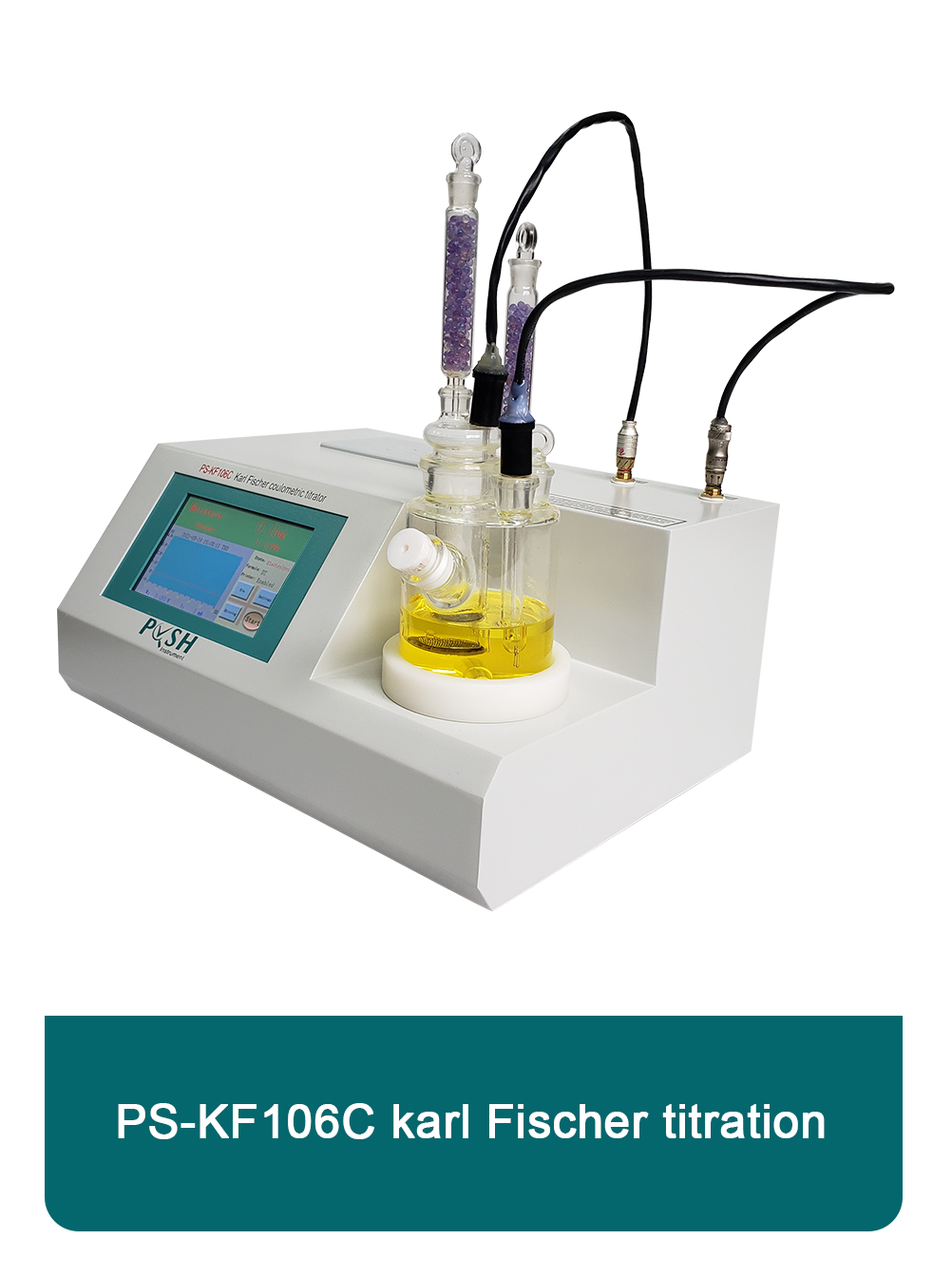 English
English


Potentiometric Titration
Potentiometric Titration An Insight into Precision Analysis
Potentiometric titration is a sophisticated analytical technique widely used in chemistry for determining the concentration of an unknown solution through precise measurement of its electrochemical potential. This method stands out for its accuracy, sensitivity, and ability to provide detailed information about the chemical properties of the analytes in solution. In pharmaceutical, environmental, and industrial applications, potentiometric titration plays a crucial role in quality control and research development.
The principle behind potentiometric titration involves measuring the voltage (potential) of a solution as a titrant is gradually added. The solution contains an analyte whose concentration is to be determined, and the titrant is a reagent of known concentration. A suitable electrode, commonly a glass electrode for pH measurements or an ion-selective electrode for specific ions, is immersed in the solution. As the titrant is added, the solution's composition changes, leading to variations in its potential.
The relationship between the volume of titrant added and the corresponding potential is typically plotted on a graph known as the titration curve. The curve reveals critical points, including the equivalence point where the amount of titrant is stoichiometrically equivalent to the amount of analyte in the solution. Unlike traditional titration methods which often rely on color changes or endpoint indicators, potentiometric titration provides a more objective and precise means of detecting the equivalence point.
potentiometric titration

One notable advantage of potentiometric titration is its ability to handle a wide range of solutions, including those that may not have clear visual endpoints or are colored. This makes it particularly valuable in complex matrices, such as those found in biological or environmental samples. Furthermore, the use of automated potentiometric titration systems allows for real-time data collection and analysis, enhancing both the efficiency and accuracy of the determinations.
In addition to standard acid-base titrations, potentiometric titration can be employed for redox reactions, precipitation titrations, and complexometric titrations, broadening its applicability in various fields. For example, in complexometric titrations, a chelating agent is added to form a complex with a metal ion, and the potential change is monitored to ascertain the concentration of the metal.
Despite its advantages, potentiometric titration requires careful calibration and maintenance of the electrodes for optimal performance. Factors such as temperature, ionic strength, and the presence of interfering substances can influence the results. Therefore, meticulous methodological rigor is essential to obtain reliable data.
In conclusion, potentiometric titration is a powerful analytical technique that enhances the precision and reliability of quantitative analysis in various scientific fields. Its ability to accurately detect endpoints in complex reactions, coupled with the advancements in automated systems, positions it as a valuable tool for chemists and researchers. As technology continues to evolve, the scope and applications of potentiometric titration will likely expand, offering even more innovative solutions to analytical challenges. Whether in the laboratory or in field studies, potentiometric titration remains a cornerstone in the quest for accurate and meaningful chemical analysis.
-
Differences between open cup flash point tester and closed cup flash point testerNewsOct.31,2024
-
The Reliable Load Tap ChangerNewsOct.23,2024
-
The Essential Guide to Hipot TestersNewsOct.23,2024
-
The Digital Insulation TesterNewsOct.23,2024
-
The Best Earth Loop Impedance Tester for SaleNewsOct.23,2024
-
Tan Delta Tester--The Essential Tool for Electrical Insulation TestingNewsOct.23,2024





